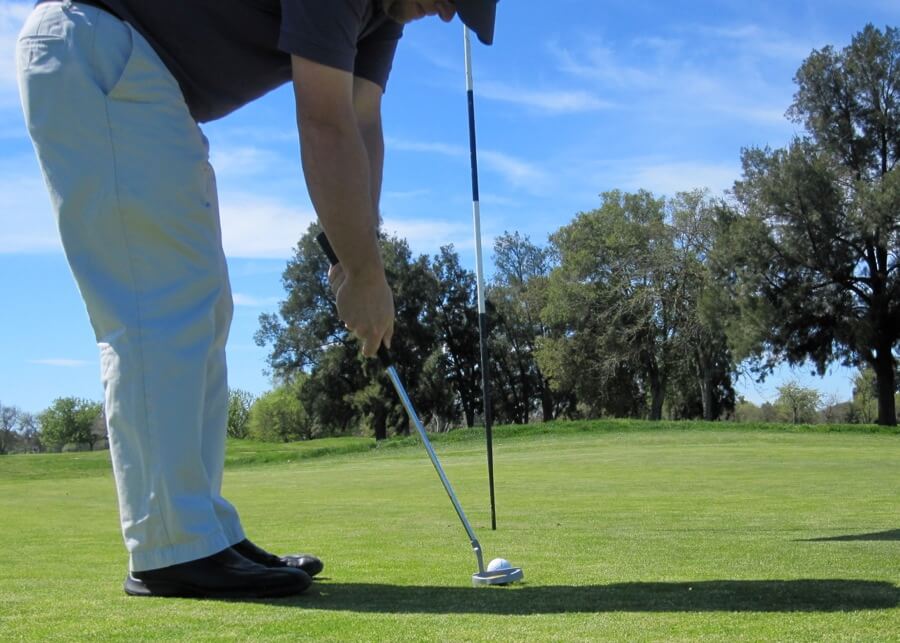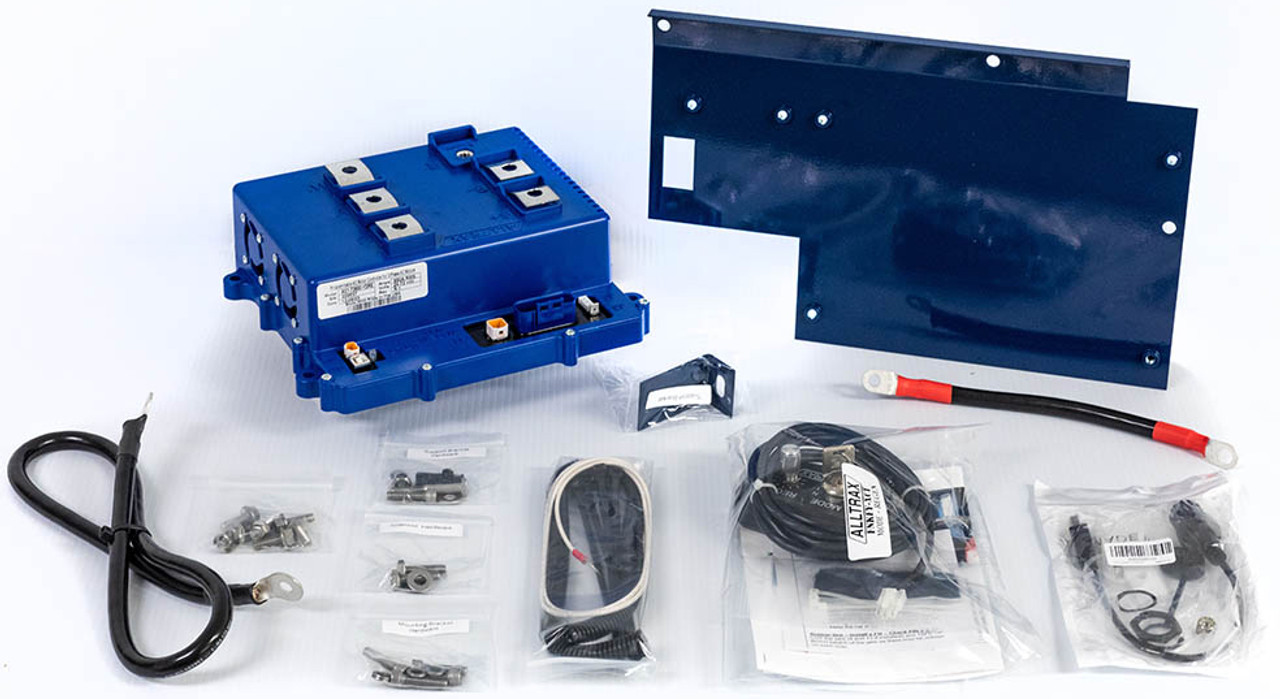
8 Golf Myths You’ve Been Told That Aren’t True (Debunked)
There’s a lot of well-meaning—but misleading—advice in golf. Some myths slow improvement, drain your budget, or add swing clutter. Use this guide to separate fact from fiction and focus on what actually lowers scores.
Myth 1: You Need to Hit the Ball Hard for Distance
Truth: Distance comes from efficient speed—center-face contact, launch, and spin—not from swinging out of control.
- Focus on smash factor: Groove center contact before chasing mph.
- Sequence beats strain: Smooth backswing → pressure to lead side → full finish.
- Drill: Tee-height and face-spray checks; adjust until strikes cluster center.
Myth 2: Golf Is Just a Rich Man’s Game
Truth: It can be affordable with smart choices.
- Play value: Municipal courses, twilight rates, off-peak tee times.
- Practice cheap: Backyard/chipping nets, putting on carpet, short-game areas.
- Learn free: Range sessions with a specific plan; leverage public clinics and online drills.
Myth 3: You Must Use Expensive Clubs to Play Well
Truth: Fit beats price tag. A well-fit “last year” club often outperforms a pricey, ill-fit new model.
- Start with specs: Lie/loft, length, shaft profile, grip size, swing weight.
- Shop smart: Prior-year models, certified pre-owned, or lightly used sets.
- Gapping: Ensure 3–5° loft and consistent yardage gaps; avoid duplicates.
Myth 4: The More Expensive the Golf Ball, the Better
Truth: The best ball is the one that matches your launch and spin needs.
- Short game first: Test chips and wedges; pick the ball that repeats your preferred check/roll.
- Off the tee: Note flight window and curvature control—not just raw yards.
- Commit: Use one model for a month to build distance/feel consistency. DTC options can deliver tour-like performance at lower cost.
Myth 5: You Need to Play Often to Improve
Truth: Quality beats quantity. Deliberate practice outperforms random buckets and unfocused rounds.
- Micro-sessions: 10–20 focused minutes on one skill (e.g., start line, contact, or speed).
- 50/50 rule: Split time between technique (range) and scoring skills (short game/putting).
- Track two stats: Up-and-down % and three-putts—watch scores fall.
Myth 6: Golf Is All About the Perfect Swing
Truth: Pretty swings don’t always win; scoring does. Course management and short-game competence pay faster.
- Targets: Center-green bias; putt to the corners.
- Miss plan: Choose the “fat side” that keeps double off the card.
- Short game: Own a bump-and-run, a stock pitch, and a bunker bailout.
Myth 7: You Don’t Have to Be an Athlete to Play Golf
Truth: Anyone can play—but basic athleticism (mobility, balance, coordination) makes progress easier.
- Mobility: Hips, thoracic spine, ankles—5 minutes before practice.
- Strength: Simple hinges/squats/push/pull, 2–3×/week for stability and speed.
- Balance: Single-leg putt setup holds; finish in balance on every swing.
Myth 8: Keep Your Head Down (At All Costs)
Truth: At impact your eyes are down, but the body must keep rotating. Forcing the head to “stay down” after impact blocks rotation and hurts contact.
- Better cue: “Maintain posture, rotate to a full finish.”
- Checkpoints: Chest to target, weight on lead side, belt buckle facing fairway.
- Video proof: Pros’ heads naturally release post-impact while posture holds.
Quick Wins Checklist
- Prioritize center-face contact over max effort.
- Fit first: verify lie/loft, length, and gapping.
- ⛳ Commit to one ball model for a month.
- ️ Aim middle; eliminate three “no-go” zones per round.
- Keep one on-course swing feel; save tinkering for practice.
- ️ Mobility + light strength 3×/week for effortless speed.
Bottom Line
Myths thrive because they’re simple. Sustainable improvement isn’t. Focus on efficiency, fit, deliberate practice, smart targets, basic athleticism, and a finish-first swing. Do that, and you’ll play better golf—with fewer “rules” holding you back.





Add a review
Your email address will not be published. Required fields are marked *